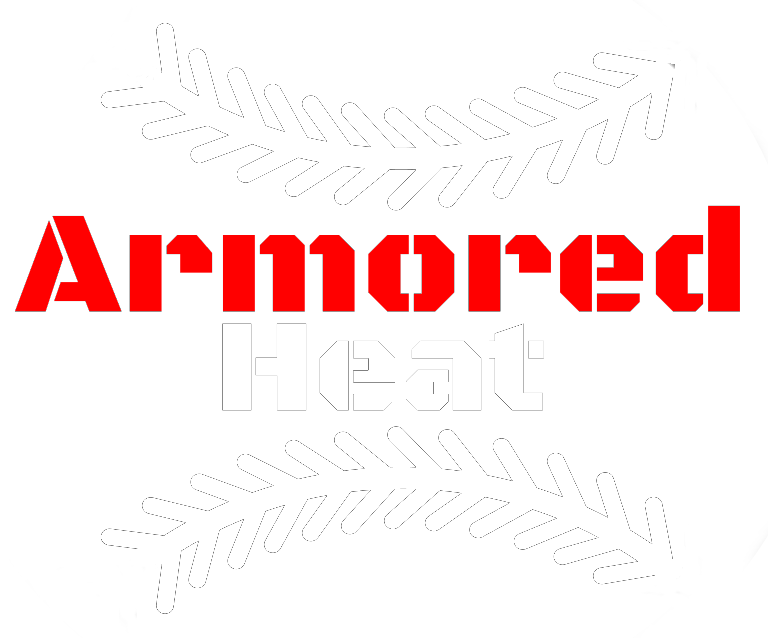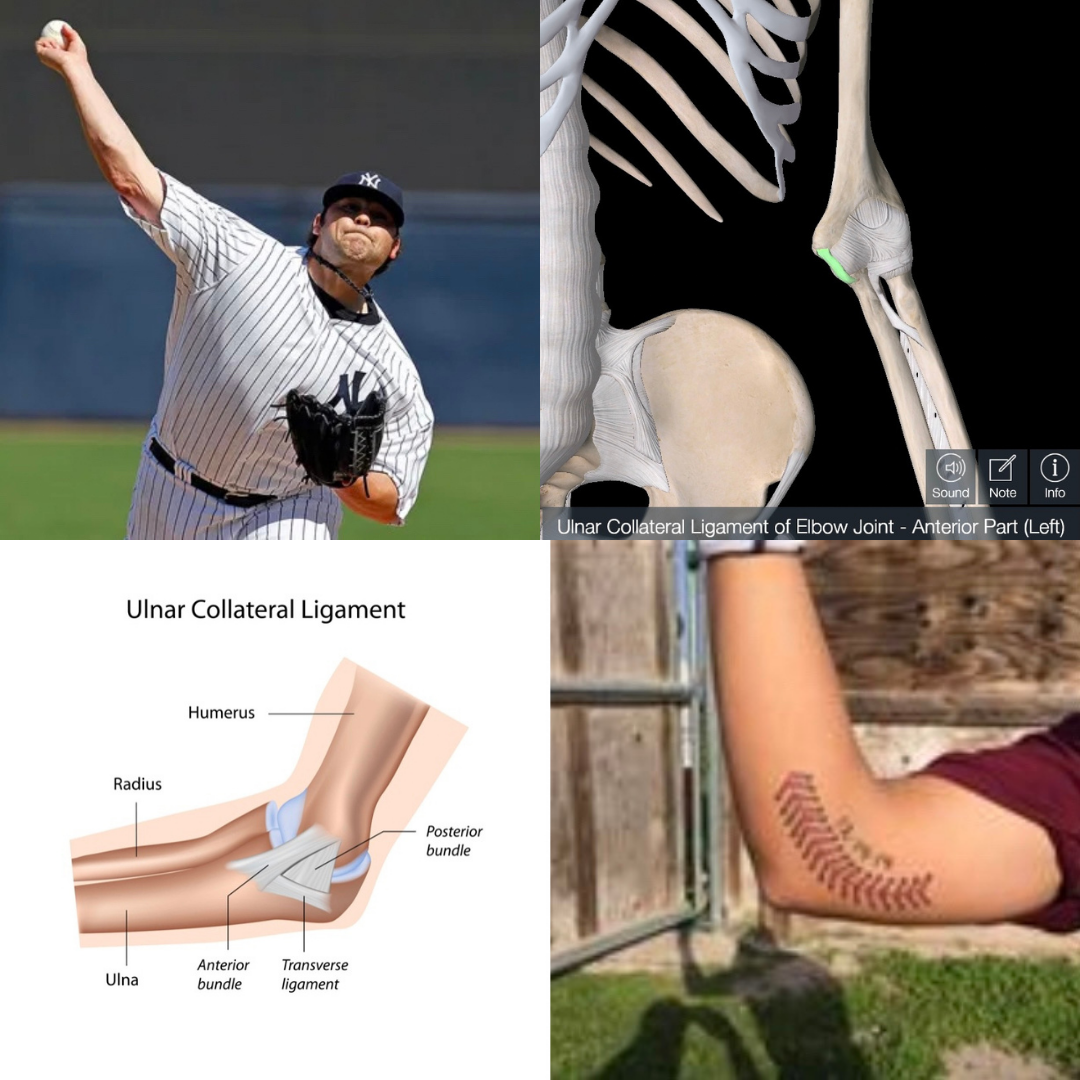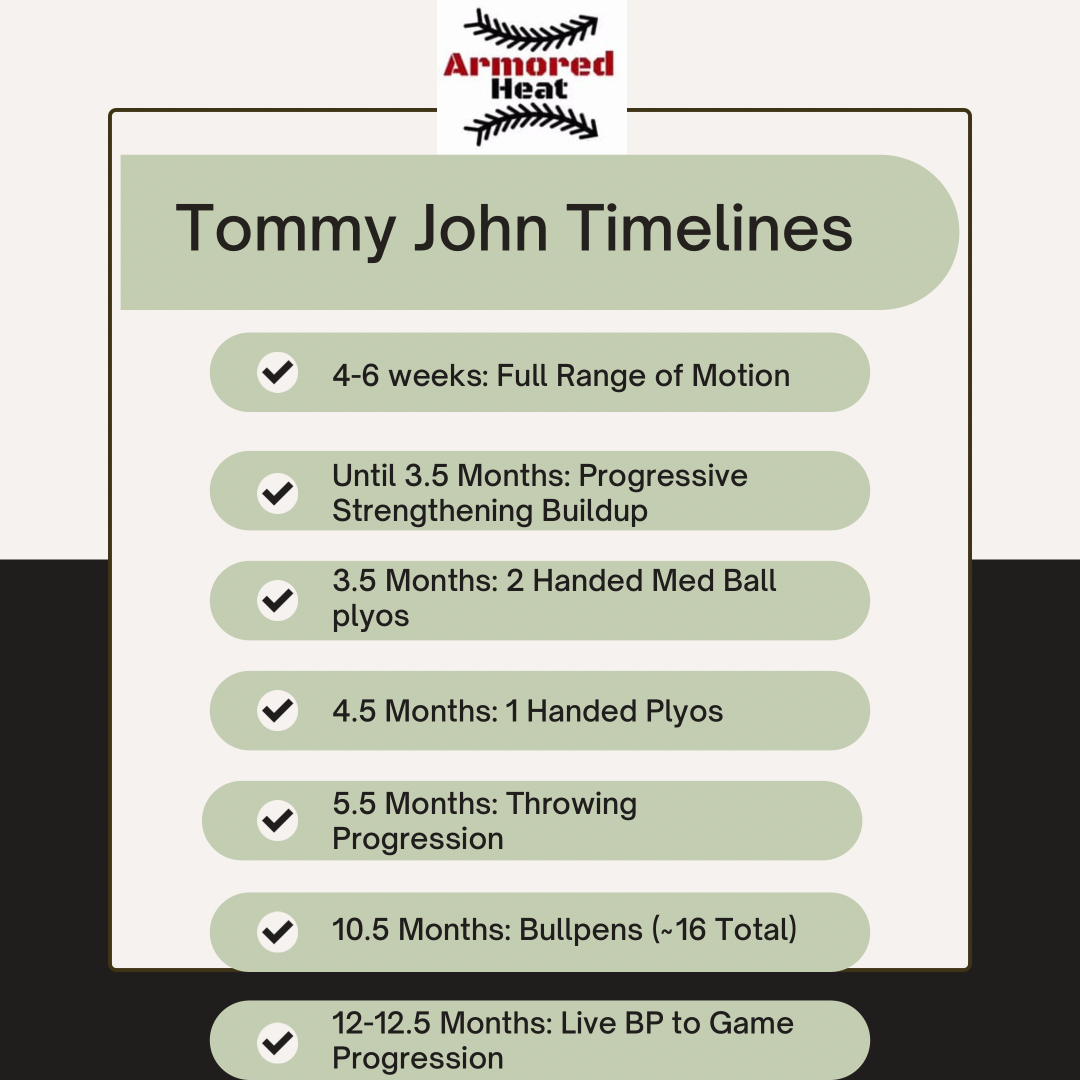Tommy John vs UCL Repair
Until recent years, there was only 1 option of surgical intervention for a torn UCL: Tommy John (UCL Reconstruction). This has all changed in recent years with a new procedure becoming more and more popular with very high success rates: UCL Repair With Internal Brace.
This can be a very confusing and stressful topic for many athletes who are facing this decision. For that reason, we will attempt to explain the differences, Pro’s, and Con's of each in a very digestible manner.
UCL RECONSTRUCTION (Tommy John)
In the classic UCL Reconstruction, a surgeon will create a completely new ligament using either a tendon in your wrist (Palmaris Longus) or using a hamstring tendon. From there, they will attach this tendon to both your medial epicondyle and sublime tubercle, the same places the original UCL attached. There are a few different techniques used to achieve that goal which are surgeon dependent, so we will not dive too deep into the different techniques.
Key Timeframes: (Variable Base on Surgeon)
Plyometric Phase: ~ 3.5 Months-5 Month
Initiate Throwing Progression: ~5-5.5 Months
Bullpens: ~10-10.5 Months
Live BP to Game Progression: 12-13 Months
Key Stats:
Success Rate: 80-90% depending on what study you are looking at
Average Return to Pitching Timeframe: 11-14 Months
UCL REPAIR WITH INTERNAL BRACE
With the UCL repair, the surgeon will repair your native ligament and re-attach it to it’s respective insertion site. In addition, they will add a very strong, collagen Fiber Tape (Internal Brace), which will add extra support for the ligament to heal faster and more efficiently. This part will help the process be quite a bit faster in the early stages of Rehab.
Key Timeframes: (Dr Meister/TMI Protocol)
Plyometric Phase: 12-14 weeks
Initiate Throwing: 14-16 weeks (3.22 Months for Comparison)
Bullpens: 24 Weeks (5.52 Months)
Live BPs: 30-33 Weeks (~7 Months)
Games: (8 Months)
Key Stats:
Success Rate: 92% (Dr Dugas Study)
Average Return to Pitching: 6.7 Months (Dugas Study) - 9 Month Timeframes
TAKE AWAY
There are a TON of factors that may go into the decision and it is our mission is to best provide you with information that is easy to understand on the difference between the procedures. After looking at the success rate and timeframes of each surgery, you may be thinking this seems like a one sided decision in favor of UCL Repair. Not so fast!
Here are some more behind the numbers and complex issues with the UCL Repair:
The Surgeons we talk to will only opt to perform the repair on certain types of UCL tears
Although the initial data coming back from the UCL Repair is amazing, the sample size is still small in comparison to the Reconstruction
With the UCL Repair with Internal Brace being a newer procedure, we do not know how they hold up in the long term (although initial data on this is also promising)
We have even a smaller sample size of high velocity throwers (95 mph +) that have undergone this procedure
Our hope is that the positive results keep coming and can address most of the bullet points above. However, this is simple and realistic a snapshot of where we are at the moment. Currently, we are incredibly happy with the results of both surgeries. If you have further questions, we recommend consulting with you orthopedic surgeon.



